Two summers ago, The WON’s Ms. Barbara Baird sent me an email asking if I’d like to read “A Woman’s Garden” by Tanya Anderson of Lovely Greens and “concoct a salve or balm.” I thought herbal remedies belonged between the pages of a fantasy novel, likely in a witch’s cabin. I was not thrilled, to say the least. I didn’t enjoy the idea of gardening, especially weeding or watering plants in the heat of summer. I remember toasty days spent following Mom around our local greenhouse, trailing a wagon that only seemed to hold vegetables (read tomatoes). I definitely did not plan on starting a garden or turning into a witch. Soon enough “A Woman’s Garden” arrived at the post office, and I grudgingly flipped through it. However, that book is nothing less than inspiring. I happily decided to make a calendula salve.
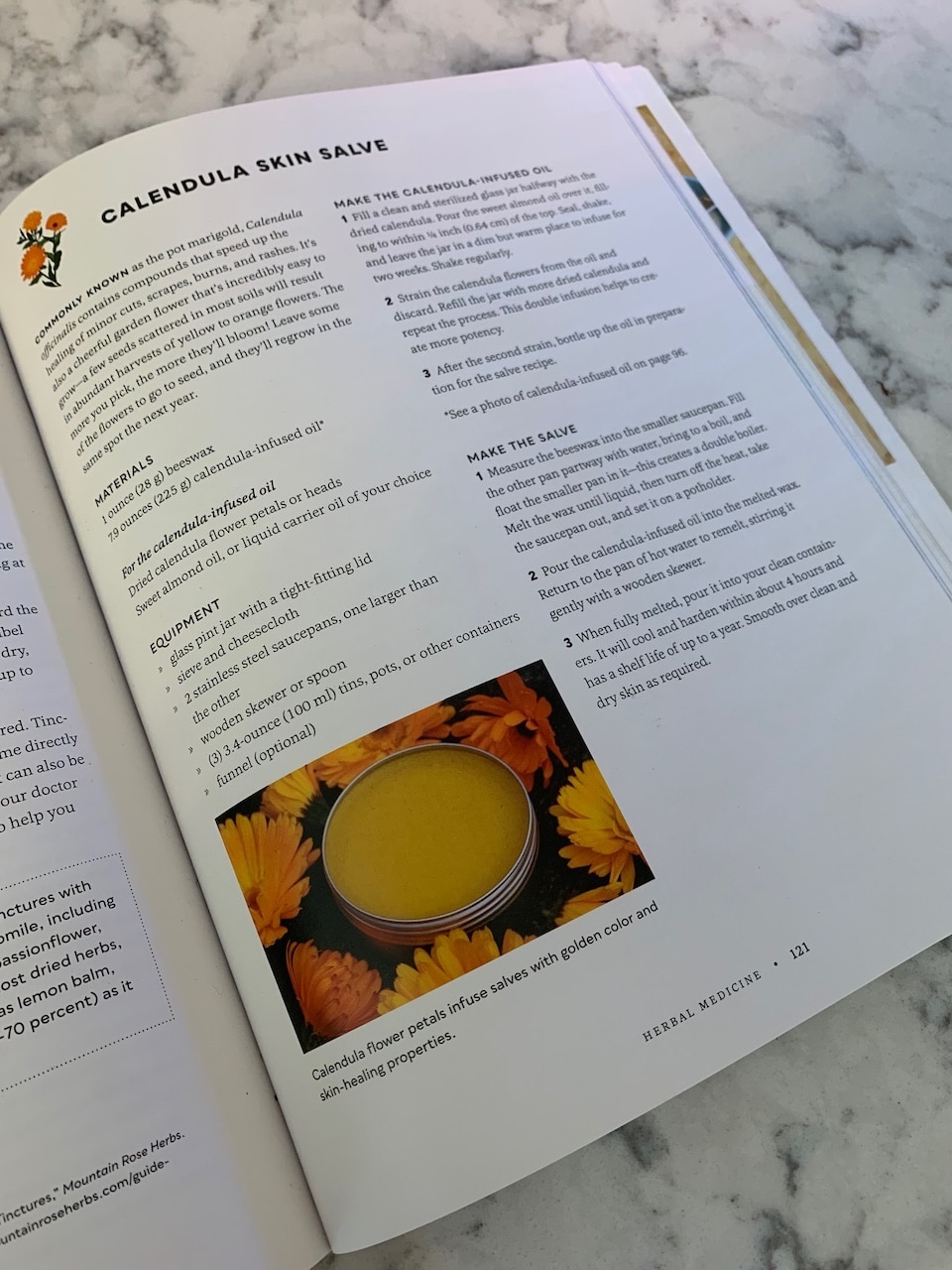
Tanya Anderson grows a multipurpose garden filled with edibles and plants for skincare and herbalism. Her book, “A Woman’s Garden: Grow Beautiful Plants and Make Useful Things” contains recipes, crafts, tips, and more about growing plants for different purposes. Calendula is one of her favorite plants, and there’s a reason why. The flowers come in warm shades of cream, orange and bronze, and are quite charming. Calendula is easy to grow, edible, medicinal, pollinator-friendly, and attractive. Its medicinal properties include speeding the healing of minor skin injuries. It’s only fitting that Anderson chose calendula for the salve recipe included in her book. After finishing “A Woman’s Garden,” I promptly ordered seeds, planted my calendula, and harvested exactly two flowers before the frosts hit. I will never forget the feeling of seeing the first flower bloom on a plant that I grew myself.
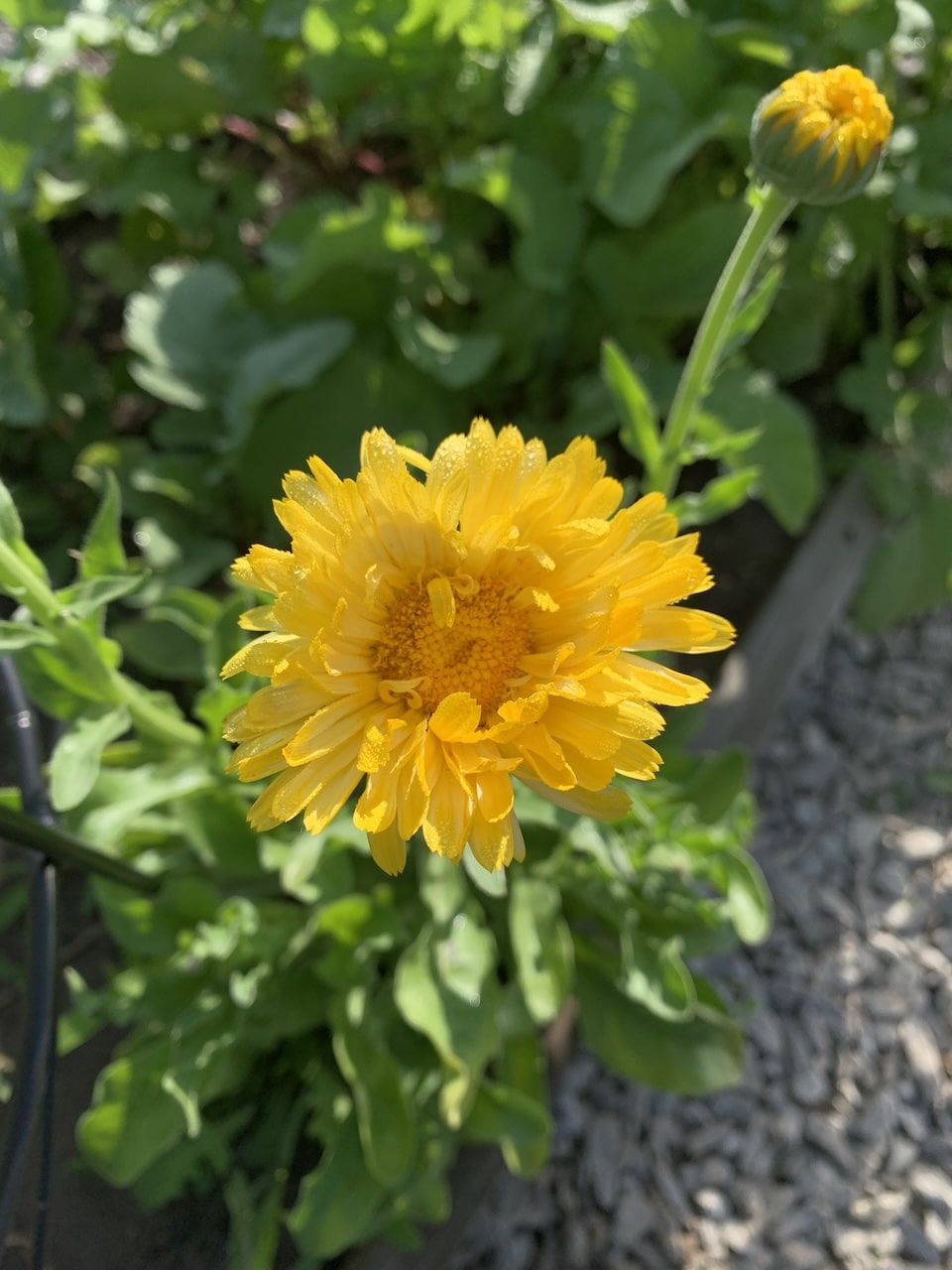
Now to debunk all of my past premonitions, herbalism is not witchy at all. Written information about medicinal plants dates back to the ancient Sumerians more than 5,000 years ago. However, humans certainly practiced herbal remedies before they wrote about it. In our modern time of pills, shots and other commercial medicines, herbalism seems old-fashioned, suspect, and has become a trademark of strange women in books who live alone. While there may not be evidence or studies to show that some plants do in fact have healing properties, we do have information about other plants. For example, both science and my mom agree that aloe vera soothes burns. For me, herbalism is a way to avoid unnecessary medication, especially because I have an autoimmune disease that I take a lot of meds for. Plus, I know now that growing medicinal plants and turning them into remedies is just plain fun.
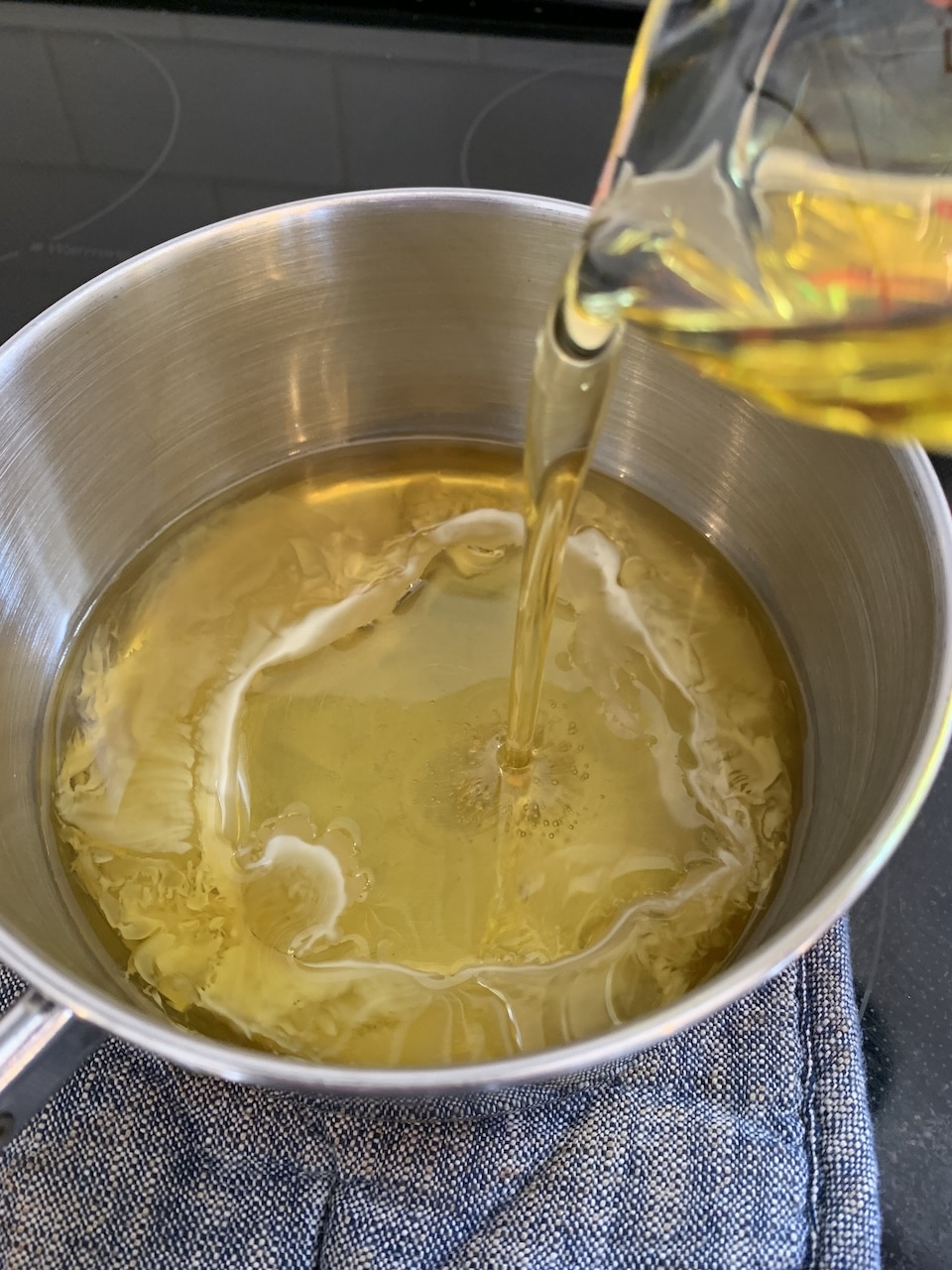
Basic salves consist of beeswax, a carrier oil and dried plant material to infuse the oil with healing properties. Anderson recommends sweet almond oil in her book. Infusing the oil is as simple as filling a jar halfway with the dried calendula blooms and adding oil to a quarter inch from the top of the jar. After sealing it, I left the jar in a dim cabinet to infuse for a few weeks. I shook the jar every couple of days. After the steeping period, I strained the oil with a sieve and cheesecloth. The actual process of making the salve is as simple as melting beeswax, pouring the oil into the melted wax, and remelting. Once everything is combined, fill containers of your choice with the mixture and leave to harden.
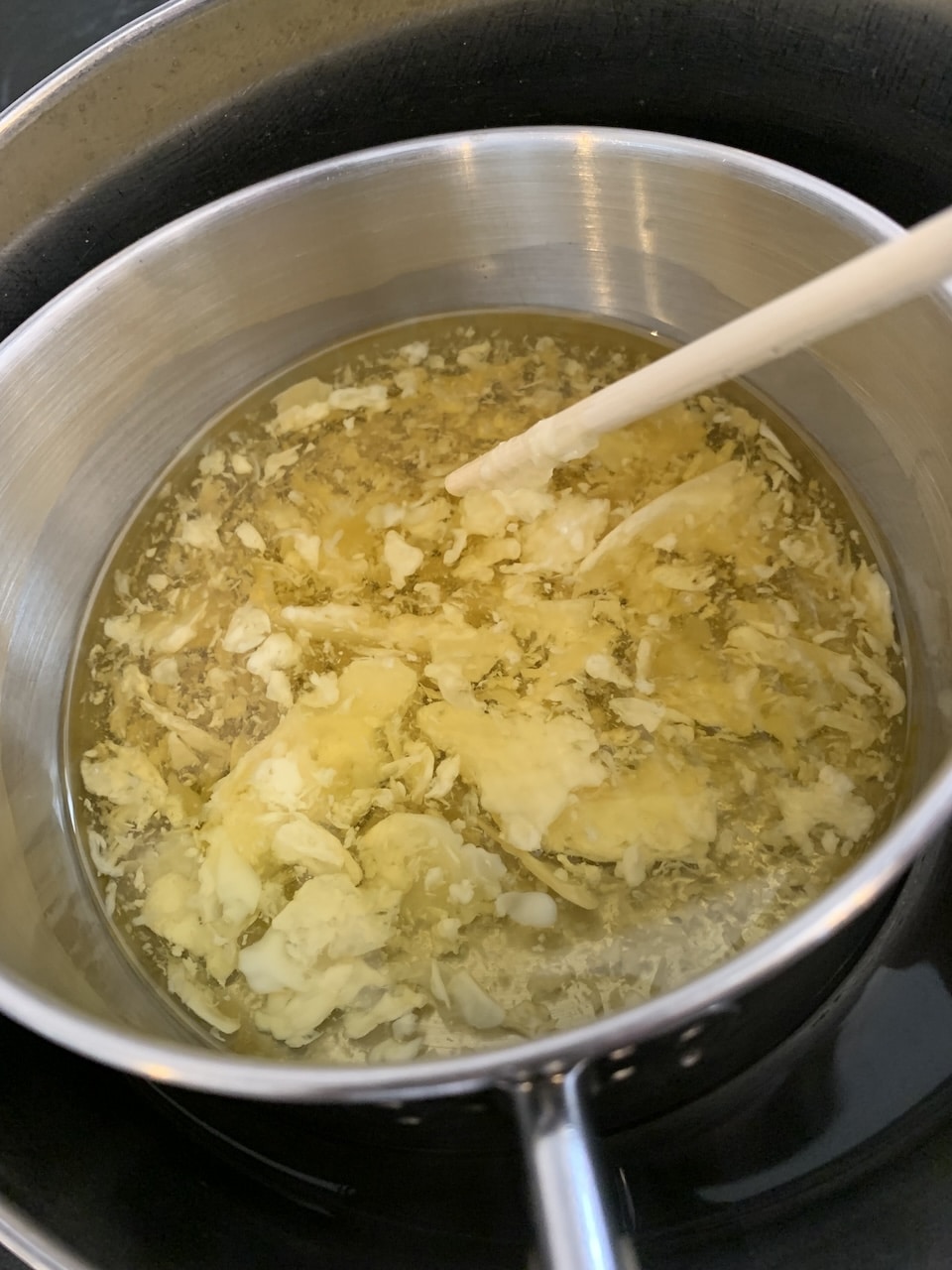
When spring rolled around the following year, I itched to start gardening and harvesting insane amounts of blooms to infuse into my sweet almond oil. After my tiny patch of calendula finally took off, I harvested a few blooms every day. I managed to cut about exactly what I needed, but unfortunately didn’t dry half the flowers properly. While Anderson’s recipe calls for a double infusion, I only had enough dried material for a single infusion. I plan on making this salve again with a double infusion to see if I notice a difference. Even without the double infusion, this salve works far quicker than any ointment I’ve ever used. It helps heal scrapes and even acne.
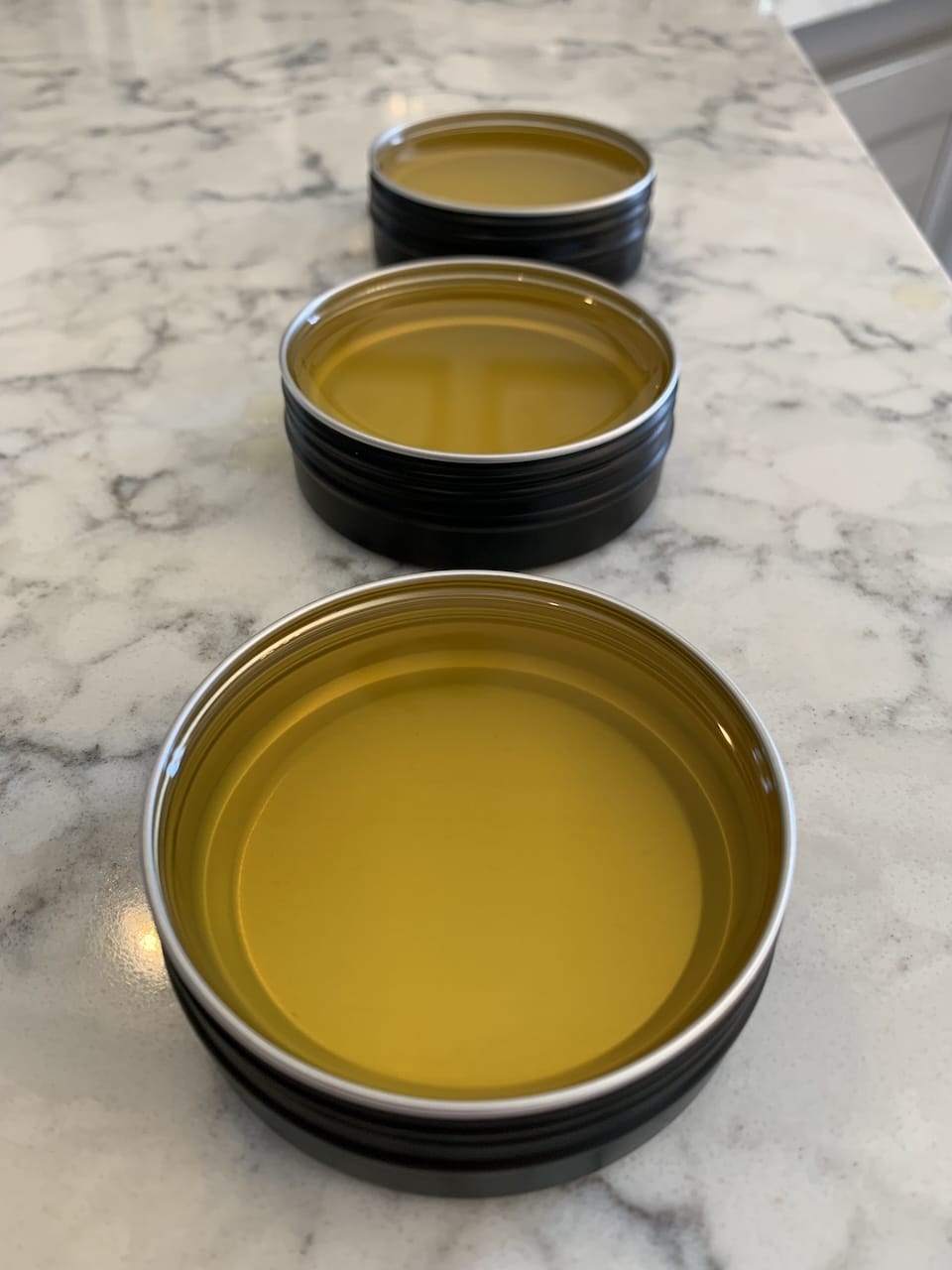
This salve is extremely simple, and a great choice for people new to herbal remedies like me. Plants contain the medicinal qualities we need to treat anything from scrapes and acne to cramps and more. There’s a reason why humans have been using plants to cure ailments for thousands of years. Some of our modern medicines from the pharmacy are derived from the same plants, but homemade remedies are so much more natural. I recommend taking a look at lovelygreens.com and “A Woman’s Garden” to find some inspiration and easy herbal remedies. Anderson has recipes for balms, tinctures, salves, and even natural soap made with medicinal plants. Next time you have a headache or scrape yourself, I encourage you to try an herbal remedy instead of a pill or ointment. Herbal remedies are fun, often simple, completely natural and they really can work.
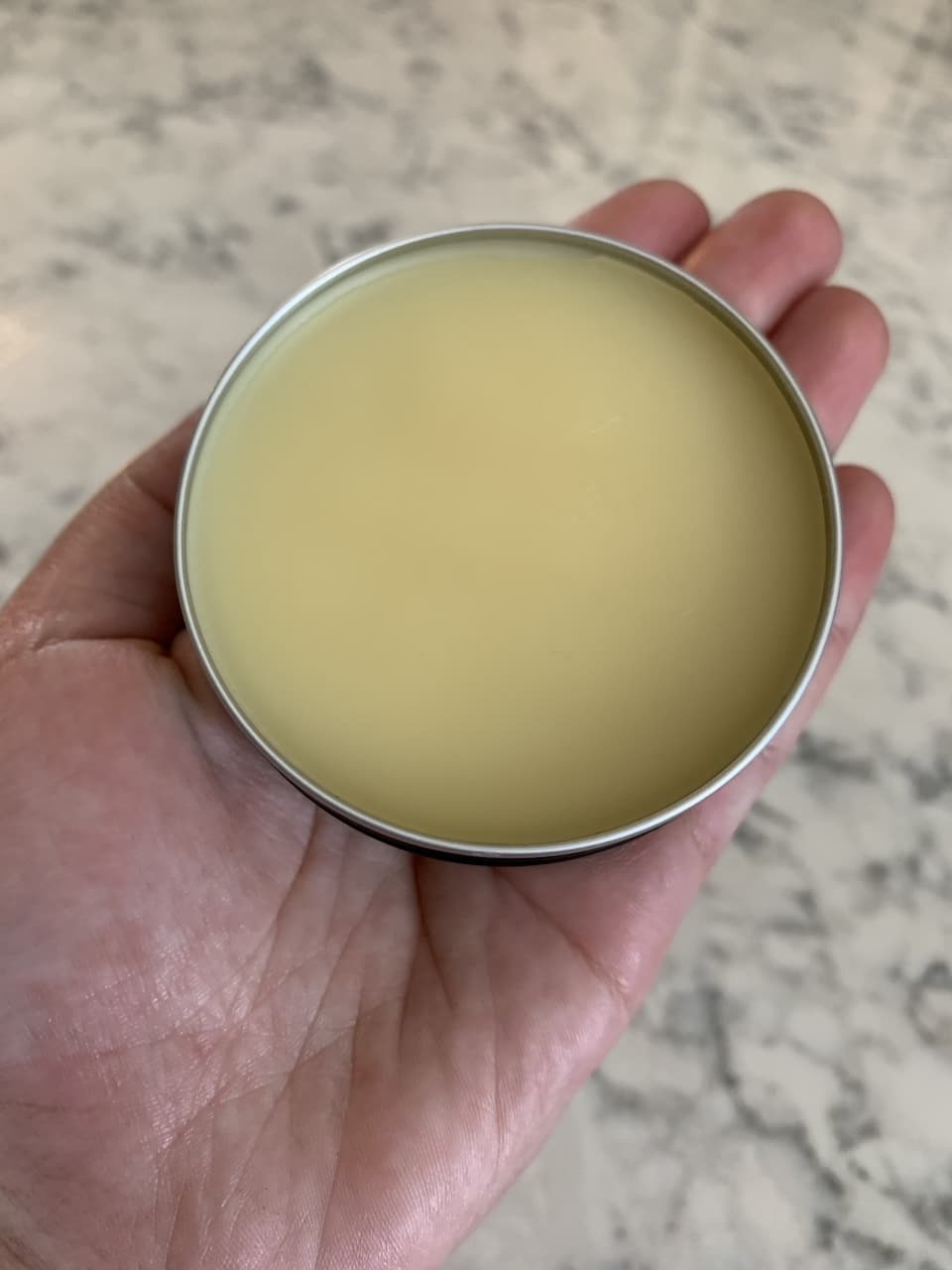
"Anna" is a teenage girl who loves to write, read, and do just about anything artsy. She enjoys writing about nature crafts and her experiences while learning to hunt and cook wild game. Anna firmly believes that backyard chickens lay the best eggs and that spending time outside with her flock every morning will start the day off happily. She is extremely grateful to her best friend, who inspired her to really take writing seriously. You can find her lost in her latest idea or listening to her sister "Rose" read book quotes. View all posts by Anna